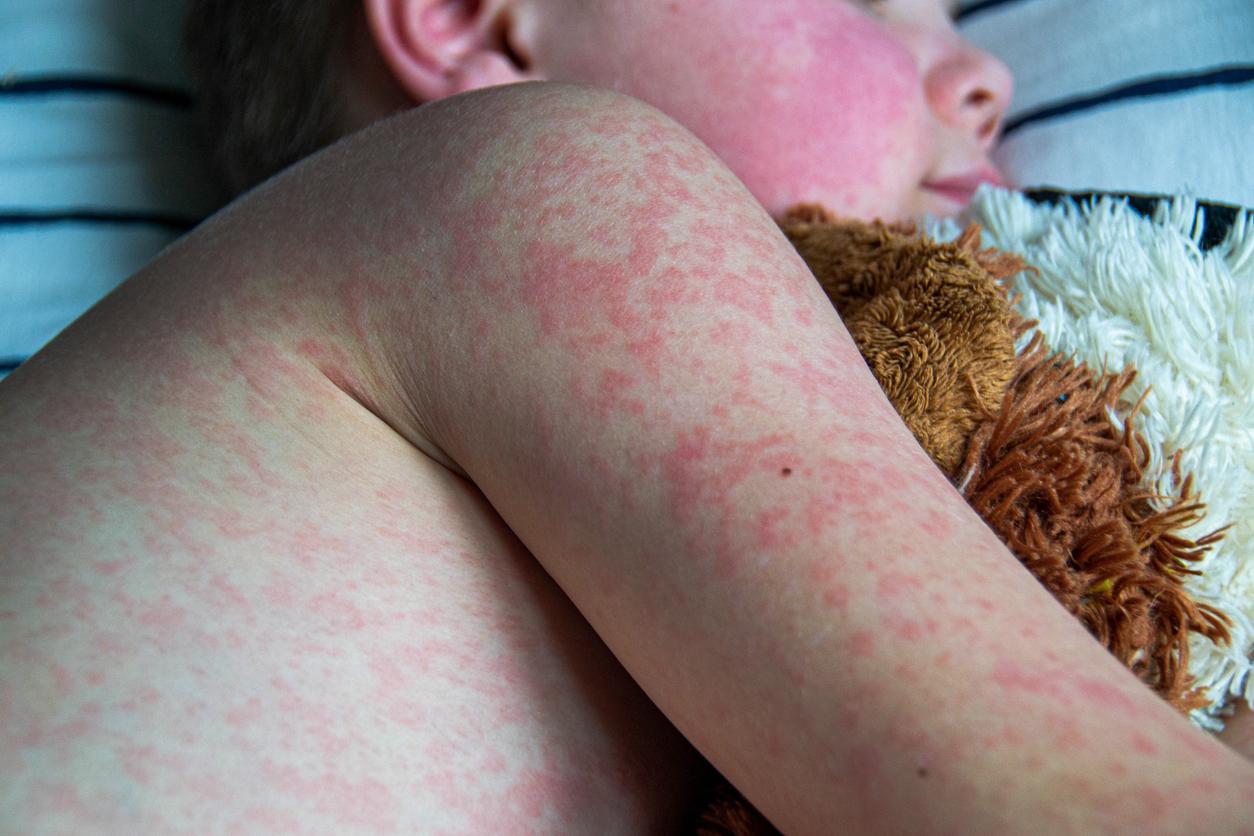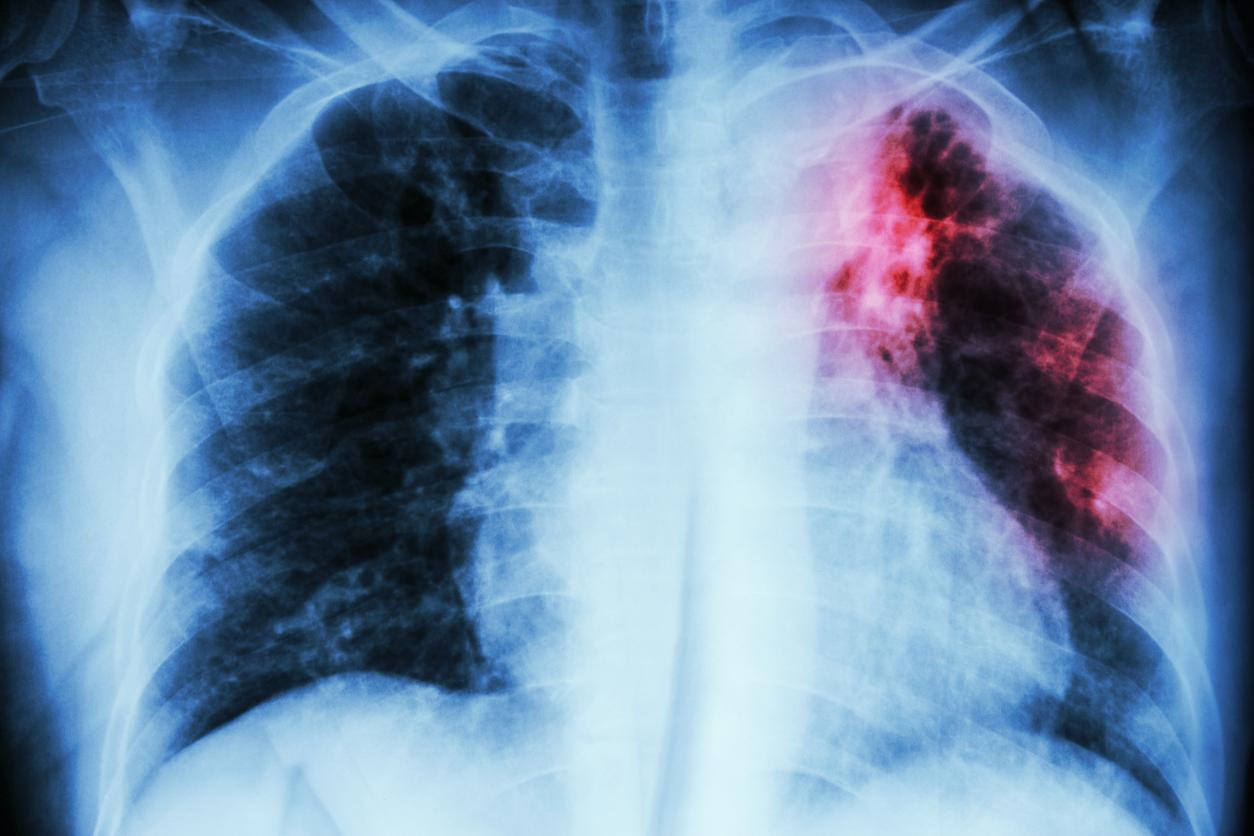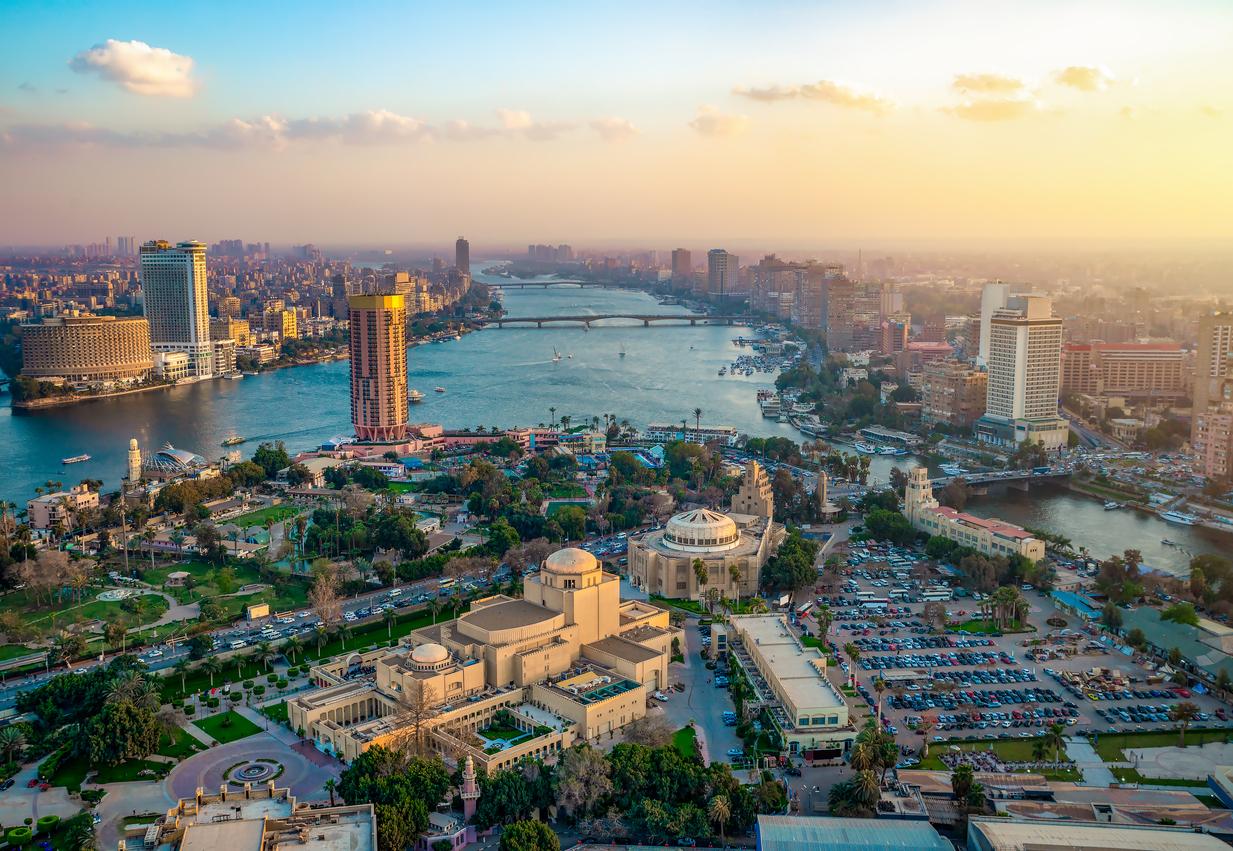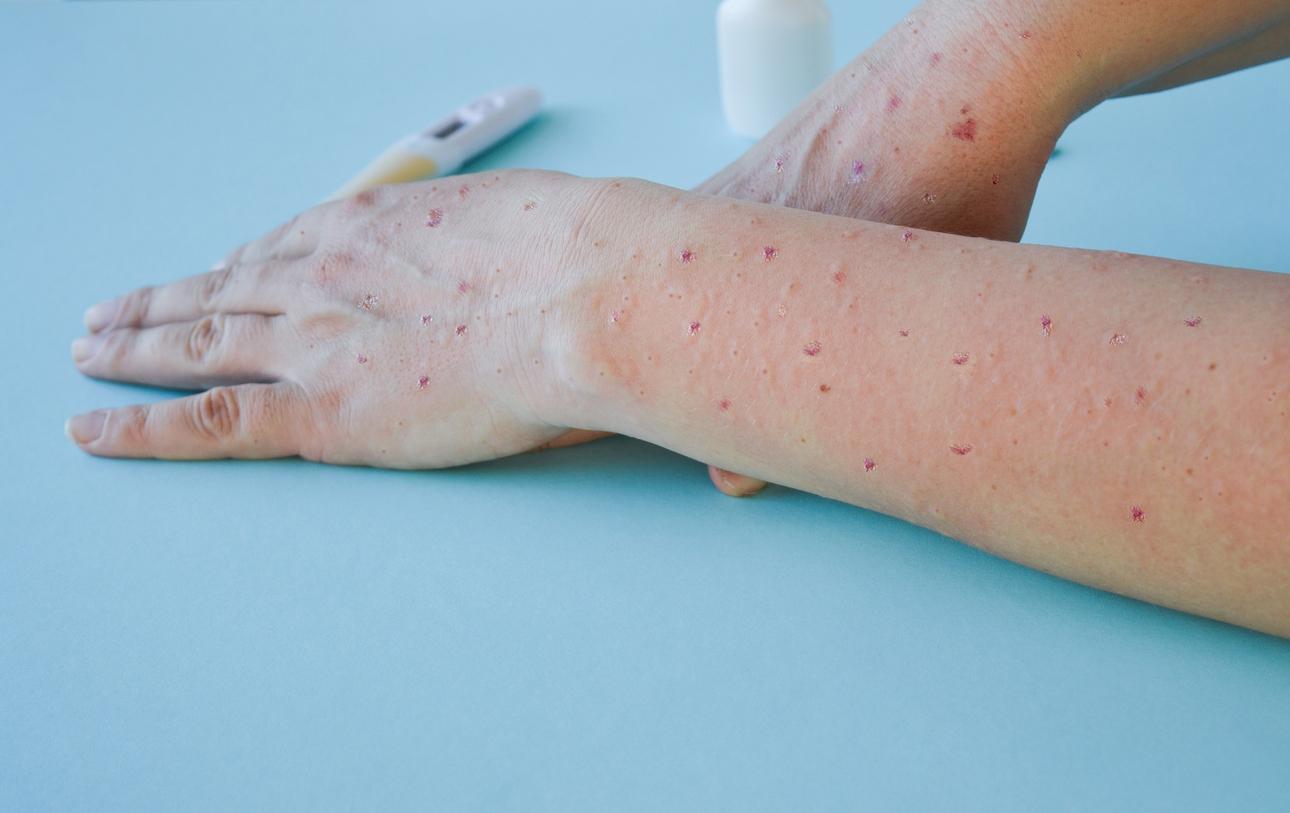The current Ebola epidemic in West Africa is unprecedented. Both in terms of the number of reported cases, geographic extent and transmission in urban areas.

As of January 20, 2015, 550,000 to 1.4 million people are at risk of becoming infected with the Ebola virus. This is the estimate made by the Atlanta Centers for Disease Control and Prevention (CDC) in a new report published a few days ago. In a press conference, its director even indicated that the World Health Organization (WHO) greatly underestimates the number of cases: there would actually be 2.5 times more. Faced with these figures, all experts agree that the epidemic that has raged in West Africa since last March has reached a scale hitherto unknown. why actor explains the situation in six key figures.
Around 3,000 dead in five months
Since March 2014, the epidemic of hemorrhagic fever linked to the Ebola virus has been increasing month by month. According to the latest figures from the World Health Organization (WHO), the virus has killed 3,093 people in West Africa in 6,574 cases.
In detail, there were 1,839 deaths in Liberia out of 3,458 cases, 648 deaths in Guinea out of 1,074 cases, and 605 deaths out of 2,021 cases in Sierra Leone. Nigeria has also recorded 8 deaths out of 20 cases, with a few patients recorded in Lagos, the largest city in West Africa. In Senegal, the only patient was cured.
In the three most affected countries, there have been between 75 and 100 new confirmed cases per week in recent weeks.
In recent days, the epidemic has continued to worsen in Sierra Leone and Liberia, while in Guinea, the situation appears to be stabilizing, according to the WHO.
10% of victims are health workers
Transmission of the Ebola virus requires close physical contact with an infected person showing symptoms or contact with surfaces soiled by the person’s body fluids (eg vomiting, laundry). For this reason, health workers are particularly affected, with 208 deaths out of 373 infections recorded in this population.
WHO therefore estimates that around 10% of Ebola victims in West Africa are health workers. A toll all the more serious as the three most affected countries already had barely one or two doctors per 100,000 inhabitants.
In Liberia for example, 152 health professionals were infected and 79 died in this country which has less than 50 doctors for 4.4 million inhabitants. “Each contamination and each death of healthcare workers significantly affects the country’s response capacity,” laments the WHO.
41 dead in DRC from another Ebola epidemic
In addition, another Ebola epidemic is raging in a remote region in the northwest of the Democratic Republic of the Congo (DRC), separate from that which is hitting West Africa. It has killed 41 people in 68 cases since it emerged on August 11, according to a September 21 report. This epidemic would however be “well on its way to being brought under control”, according to the government.
“During the last ten days, no new case linked to the Ebola virus has been confirmed in the sector of Djera”, epicenter of the epidemic, said government spokesman Lambert Mende a few days ago, citing a report from the Minister of Health.
1 case in France
Two weeks ago, we learned that a 29-year-old French nurse from Médecins Sans Frontières (MSF) had been infected with the Ebola virus in Liberia. In the 48 hours which followed the confirmation of this case, the patient was repatriated in France to the Bégin army instruction hospital, in Saint-Mandé in Val-de-Marne (94), and taken into charge by health authorities.
Placed under experimental treatment, this first French victim of the epidemic had arrived a few weeks earlier at the MSF treatment center in the suburbs of Monrovia. She was in contact with the sick but benefited from protective suits. How it was contaminated therefore remains a mystery. Different scenarios are possible to explain the contamination of many caregivers.
10 investigational treatments approved by WHO
The World Health Organization (WHO) proposed at the beginning of September eight treatments and two experimental vaccines against Ebola to be developed as soon as possible but which cannot be available for generalized use before the end of 2014.
However, none of these treatments “has been clinically proven”, according to the working document published by the WHO for the 200 experts convened in Geneva to take stock of the means to fight against Ebola.
“Until then, only small amounts of up to a few doses / treatments will be available,” she said, stressing that the development and clinical evaluation of these treatments would take “up to 10 years in under normal circumstances. “
Among them are the ZMapp serum, TKM-Ebola, the favipiravir influenza virus, and several vaccines under development.
The three “shock” statements on the epidemic
“This Ebola epidemic is unprecedented, absolutely not under control and the situation is only getting worse, as it is still spreading, especially in Liberia and Sierra Leone,” Bart Janssens, director, said in July. MSF operations, in an interview published by the Free Belgium. The disturbing statement came in the wake of news of the death by Ebola of a Sierra Leonean doctor tasked with leading the fight against the epidemic.
A race against death therefore that we would be losing. “The existence of Liberia is seriously threatened”, proclaimed in early September the Liberian Minister of Defense before the UN Security Council. The disease “spreads like a forest fire, devouring everything in its path,” he said.
And opposite, the small country of West Africa is sorely lacking in infrastructure, expertise, financial resources … Faced with this cry of alarm from Liberia, the international community is not deaf. The UN Secretary General announced an international meeting at the end of September to elicit contributions.
At last, according to the projections of the physicist Alessandro Vespignani (1) published in Science, the number of Ebola patients could be hundreds thousands in the next month. The scientist, however, tempered his predictions by indicating that this model takes into account the fact that efforts to stop the epidemic have not yet really started.
“It is in fact a forecast” possible “if nothing more is done to contain the epidemic”, he specified.
Furthermore, Alessandro Vespignani also alerted on the risk of spread virus beyond West Africa who is weak. the Ghana, the UK, and United States are, according to him, the most likely to have a case isolated on their territory.
(1) Physician To Northeastern University in Boston
.















